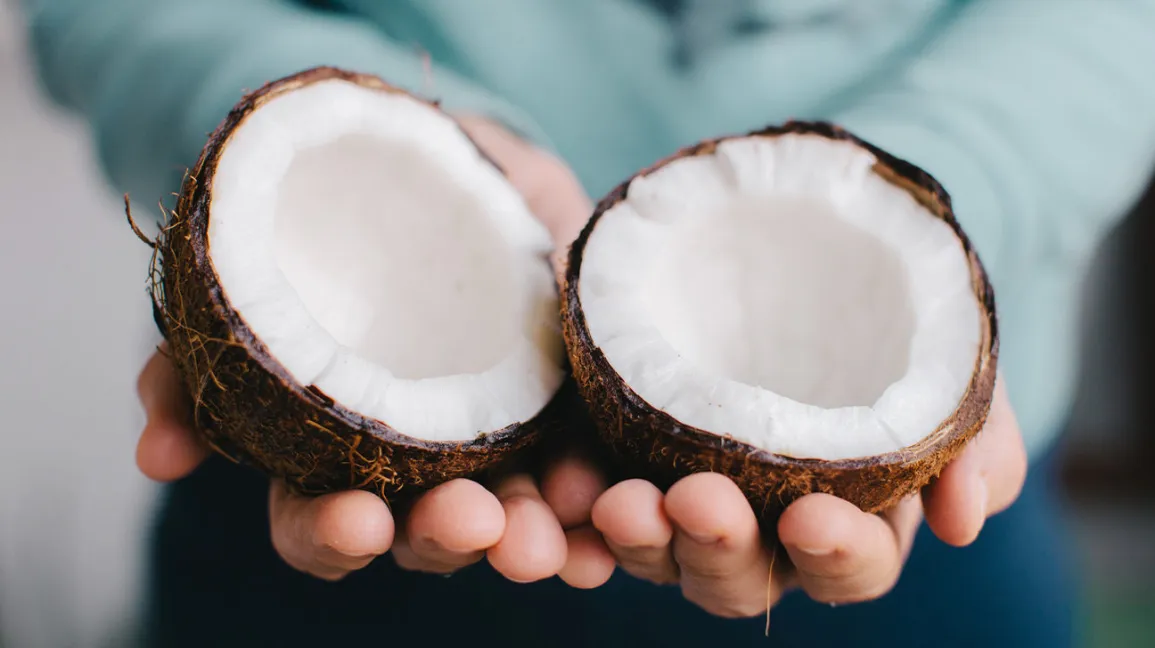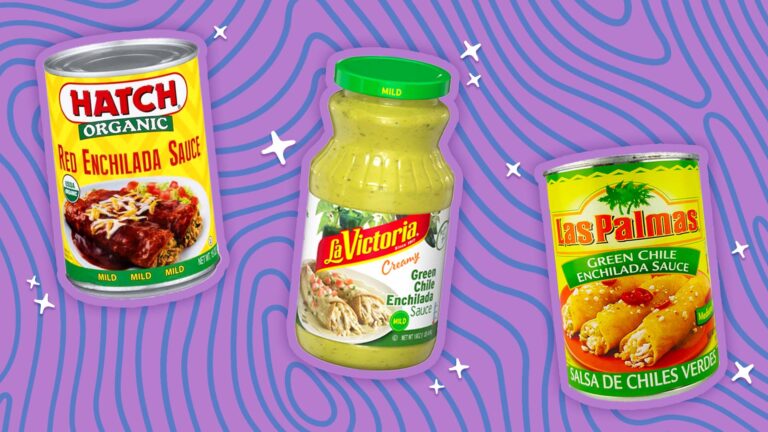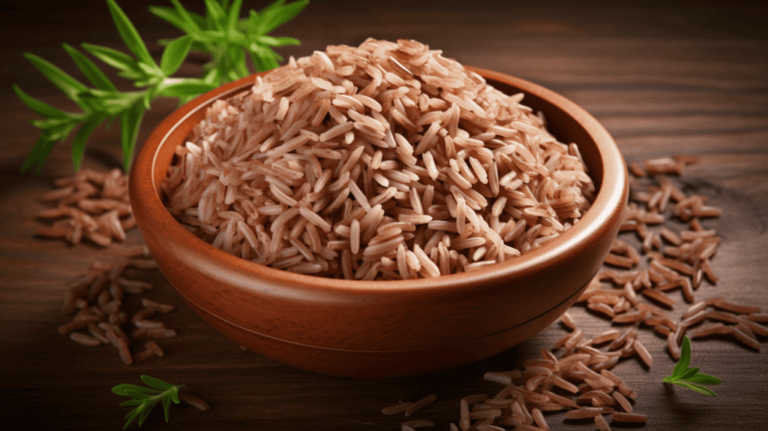Is coconut a fruit? This intriguing question opens the door to discovering one of nature’s most versatile and fascinating treasures. Coconuts are more than just tropical delights; they carry a rich history, incredible nutritional benefits, and unique cultural significance around the world. From sipping fresh coconut water on a sun-soaked beach to using its oil in gourmet cooking, this remarkable fruit has woven itself into our lives in countless ways. So grab your favorite coconut-inspired snack as we embark on an exploration of this captivating fruit that has enchanted cultures for centuries!
The origins and history of coconuts
Coconuts have a rich history, believed to have originated in the Indo-Malay region over 4,500 years ago. These hardy fruits traveled across oceans with ocean currents and ancient mariners.
Archaeological evidence suggests that coconuts were cultivated in India, Sri Lanka, and Southeast Asia long before reaching the Americas. Their versatility made them invaluable to early civilizations for food, water, and shelter.
The spread of coconuts was accelerated by trade routes. They became staples on many islands in the Pacific Ocean, where they played vital roles in local diets and cultures.
In some regions, myths surround their existence. Islanders revered them as gifts from gods or symbols of prosperity.
Today’s global coconut industry owes much to these early journeys along trade winds and sea routes that connected distant lands through this unique fruit.
Nutritional benefits of coconuts
Coconuts are a powerhouse of nutrition. They contain healthy fats, particularly medium-chain triglycerides (MCTs), which can provide quick energy and may help with weight management.
These tropical fruits are rich in fiber, promoting digestive health and aiding in regularity. A single serving delivers about 7 grams of this essential nutrient.
Packed with vitamins and minerals, coconuts offer potassium, magnesium, and vitamin C. These nutrients support heart health and boost immunity.
Coconut water is a natural electrolyte drink. It’s low in calories yet hydrating, making it popular among athletes.
The flesh provides antioxidants that combat oxidative stress. This can play a role in reducing inflammation throughout the body.
Including coconut products in your diet could lead to improved overall well-being while adding delicious flavor to various dishes.
Different parts of the coconut and their uses
The coconut is a remarkable fruit, and its various parts hold unique uses that contribute to its versatility.
Starting with the flesh, or meat, it can be enjoyed fresh or dried. It’s rich in flavor and texture, often used in cooking and baking. Coconut milk, made from blending the flesh with water, serves as a creamy addition to curries and smoothies.
Coconut water is another highlight; this refreshing drink hydrates while providing essential electrolytes. People often seek it out for natural rehydration after workouts.
The hard shell of the coconut finds its way into crafts and utensils. Artisans carve it into bowls or jewelry pieces that showcase cultural artistry.
We can’t forget about coconut fiber known as coir. This strong material is perfect for making ropes, mats, and even biodegradable planting pots—truly an eco-friendly option!
Coconut farming and production process
Coconut farming is a labor of love that begins with the selection of healthy seeds. Farmers often choose hybrid varieties for better yield and disease resistance.
Once planted, coconut palms require plenty of sunlight and water. They thrive in sandy, well-drained soil, making coastal areas ideal for cultivation.
The trees take about six to ten years to bear fruit. During this period, farmers must care for their crops by managing pests and ensuring proper fertilization.
Harvesting coconuts is no small feat. Workers climb tall trees or use specialized equipment to reach the ripe fruits at the top.
After harvesting, coconuts undergo various processing stages. These include husking, drying (copra), and extracting oil or milk, which are essential products loved worldwide.
Farmers play a crucial role in maintaining sustainable practices throughout this process while addressing environmental concerns.
Popular uses for coconuts around the world
Coconuts are incredibly versatile, finding their way into cuisines globally. In Southeast Asia, coconut milk is a staple in curries and desserts, lending a creamy texture and rich flavor.
In the Caribbean, fresh coconut water is enjoyed as a refreshing drink on hot days. It’s not just thirst-quenching; it’s also packed with electrolytes.
Moving to India, you’ll find coconuts used in traditional rituals and festivals. Grated coconut enhances sweet dishes like laddus or savory meals such as upma.
African cultures utilize every part of the coconut tree for food and crafts. The husk can be woven into mats or ropes while the hard shell transforms into bowls or musical instruments.
Beauty enthusiasts swear by coconut oil for its moisturizing properties. Its applications range from cooking to skincare products worldwide—truly making it an essential ingredient across many cultures!
The cultural significance of coconuts
Coconuts hold a special place in many cultures around the globe. In tropical regions, they are often seen as symbols of hospitality and abundance. From weddings to festivals, coconuts feature prominently in various ceremonies.
In India, for instance, breaking a coconut is considered auspicious during rituals. It signifies purity and the offering of one’s ego to the divine. Similarly, in Hawaiian culture, coconuts represent nourishment and connection to nature.
The fruit also plays a role in traditional medicine across different societies. Many believe in its healing properties for both body and spirit.
Artisans craft intricate objects from coconut shells, showcasing creativity that spans generations. These handmade items serve not just functional purposes but also tell stories of cultural heritage.
Moreover, songs and folklore often celebrate this versatile fruit’s contribution to daily life—making it an enduring symbol of community and tradition.
Fun facts about coconuts
Coconuts are truly remarkable. Did you know that they can float? This ability allows them to travel vast distances across oceans, contributing to their spread around the globe.
Another intriguing fact is that a coconut palm can grow up to 100 feet tall. These majestic trees provide shelter and sustenance in many tropical regions.
The life cycle of a coconut is fascinating too. From flower to fruit, it takes about six to twelve months for a coconut to mature.
Let’s not forget the versatility of coconuts! They serve as ingredients in countless dishes—from savory curries to sweet desserts—making them beloved worldwide.
Coconuts have even made their mark on pop culture. Think of beach vacations or tropical cocktails; they often symbolize paradise and relaxation.
Challenges facing the coconut industry
The coconut industry faces several pressing challenges that threaten its sustainability and growth. One major issue is climate change. Rising temperatures and unpredictable weather patterns can disrupt harvests, leading to reduced yields.
Pests and diseases also pose a significant threat. The coconut palm is susceptible to various pests, which can decimate entire plantations if not managed effectively. Farmers often struggle with the costs associated with pest control measures.
Additionally, many small-scale farmers lack access to modern farming techniques or financial resources. This limits their ability to compete in the global market.
Market fluctuations present another hurdle. Prices for coconuts can vary dramatically based on demand and supply dynamics, making it difficult for producers to plan long-term strategies.
Environmental concerns surrounding deforestation and land use impact both the ecosystem and local communities reliant on coconut cultivation for their livelihoods.
Sustainability efforts in the coconut industry
The coconut industry has been increasingly focused on sustainability in recent years. As consumers become more environmentally conscious, farmers and producers are adapting their practices to meet these demands.
Many coconut plantations now prioritize organic farming methods. This reduces the reliance on harmful pesticides and fertilizers. Instead, natural alternatives like composting and crop rotation are used to maintain soil health.
Additionally, some companies have embraced fair trade principles. This ensures that workers receive fair wages and work in safe conditions. It also encourages local communities to participate in the production process.
Innovative packaging solutions are emerging as well. Biodegradable materials replace plastic options, minimizing waste associated with coconut products.
Reforestation projects aim to restore degraded lands by planting new coconut trees. These initiatives not only increase biodiversity but also contribute to carbon sequestration efforts worldwide.
Conclusion: The endless
The coconut fruit is a remarkable example of nature’s bounty. From its intriguing origins to its diverse uses around the world, it captures our imagination and serves numerous purposes in our daily lives. The nutritional benefits it offers are just as impressive, providing essential vitamins and minerals that can enhance our health.
Every part of the coconut has something valuable to contribute, whether it’s the water for hydration or the meat for culinary delights. Coconut farming continues to thrive as farmers implement sustainable practices to nourish both their crops and communities. Yet, challenges remain within the industry that need addressing through innovation and responsible management.
Coconuts hold cultural significance in various regions, symbolizing hospitality and abundance across different societies. They inspire creativity in art, cuisine, and traditions worldwide.
You’ll find fun facts about coconuts fascinating—like how they can float on ocean waters for thousands of miles! This unique feature allows them to spread across coastlines far from their origin.
As we learn more about this versatile fruit, we’re reminded of its endless potential—both environmentally and culturally—as well as its role in shaping lifestyles globally. Embracing sustainability efforts ensures that future generations enjoy what coconuts have to offer while preserving this incredible fruit’s legacy for years to come.













